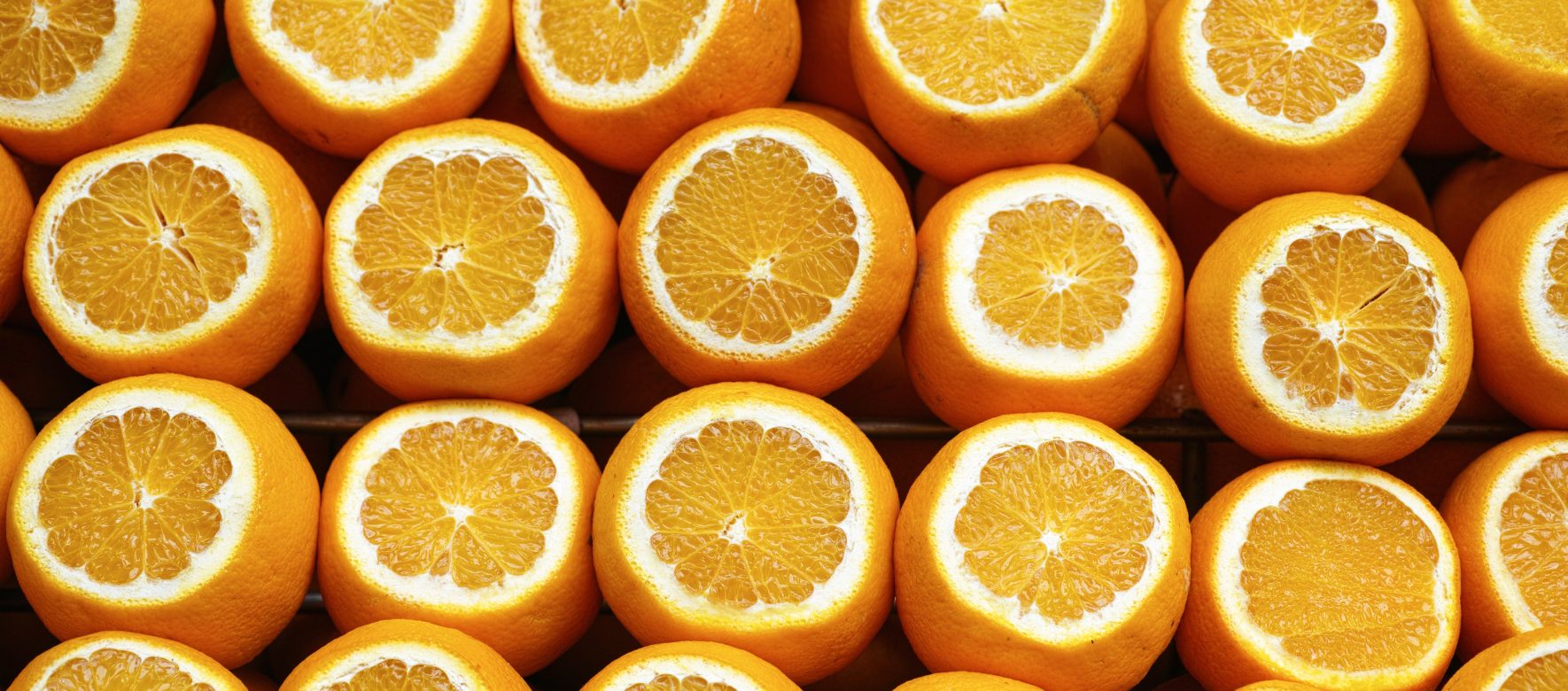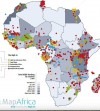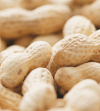The African continent is one of the strongholds of orange production worldwide. If in theory, the abundance of supply can sustainably stimulate a processing industry, the situation is a little more complicated.
On the world orange market, the year 2020/2021 was historic. Indeed, the price of concentrated 65° Brix juice (juice containing the equivalent of 65 grams of sucrose in 100 g) delivered to the port of Rotterdam, gained $300 to reach $2,100 per ton. According to CIRAD’s Fruitrop review, which relayed this data, this is the highest price recorded for three years.
This record increase is explained in particular by the poor performance of the two main suppliers, namely Brazil and the American state of Florida, due to bad weather conditions.
The combined production of the two territories indeed reached 322 million cases, a decrease of 30% year on year and the lowest level since 2017/2018. At the same time, global demand for the product was dynamic in the USA (the world’s largest consumer of juice) in the last quarter of 2021 despite the covid-19 pandemic.
With regard to the 2021/2022 campaign, the upward trend in prices could still continue. According to Fruitrop, supply is expected to be just 309 million cases, which would represent the lowest volume in more than a decade.
Africa still lagging behind in transformation
Unlike other major orange suppliers, Africa should remain largely behind this price dynamic. Indeed, despite its position as the leading player in the world orange trade (65% of exports), the continent does not yet have a real juice processing industry.
Among the three main suppliers of oranges in Africa, the quantities processed are still low. In 2020/2021, the transformation rate of the orange harvest varied from 17% in South Africa to 10% in Egypt and drops to only 5% in Morocco. In comparison, Brazil, the world’s largest producer of oranges, processes more than 70% of its harvest.
This delay in the processing segment on the continent stems from the chronic shortage of raw materials encountered by players due to the development of exports. In this context, mention should be made of South Africa, whose situation remains a textbook case on the continent.
According to the USDA, processors in the country usually only receive at best the surplus of oranges after satisfying international markets or at worst, the fruit that does not meet export standards. The rainbow nation thus prefers to sell its fruits on the world market, which offers much more attractive prices.
According to the Citrus Growers Association (CGA), a tonne of oranges exported could bring in 10,000 rand ($650) in 2019/2020, 20 times more than what processors offered on the domestic market (519 rand).
While citrus shipping globally brings valuable foreign exchange to African countries, some observers believe that governments should go beyond this to maximize the long-term value added.
In this perspective, the main challenge will be to define a win-win approach between the various players in the sector, which guarantees both a satisfactory level of remuneration for producers and allows processors to operate at reduced costs ensuring their competitiveness on the market. the world market in order to compensate for the decline in export earnings from fresh fruit.





























Réagissez à cet article